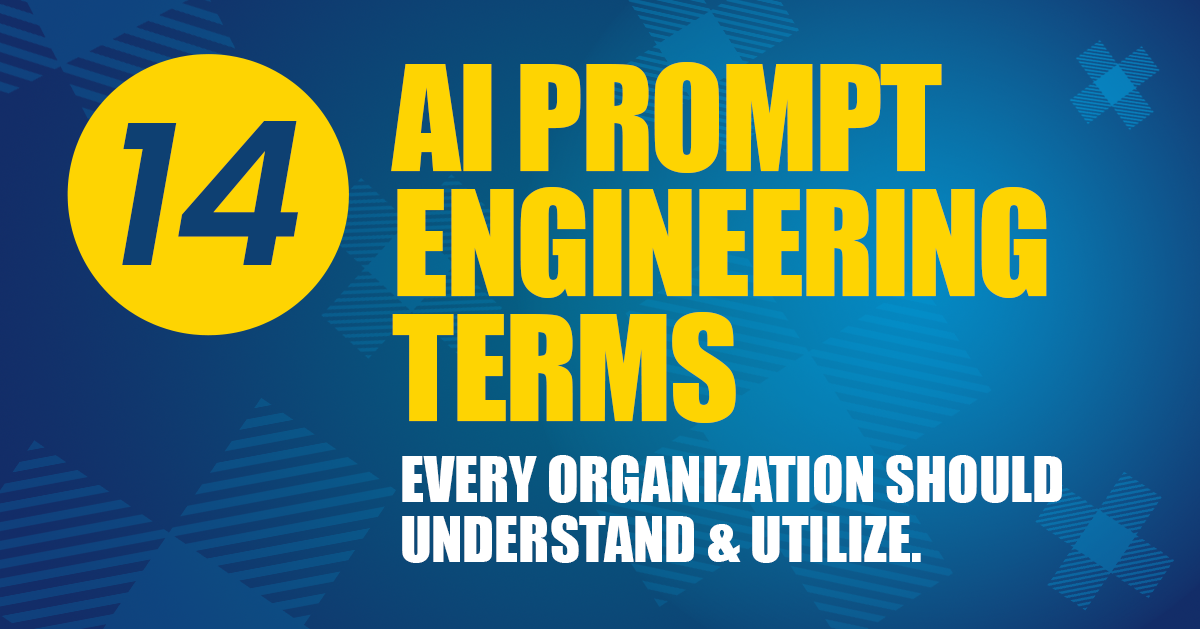When working together, Intelligent Automation and humans can seamlessly enhance productivity, efficiency, and innovation.
Some examples of this symbiotic approach include:
Task Allocation
Intelligent Automation should be utilized to handle repetitive, mundane, and rule-based tasks that require speed and accuracy. This frees up human workers to focus on tasks that require creativity, critical thinking, emotional intelligence, and complex problem-solving.
Decision Support
Intelligent Automation systems can analyze enormous amounts of data and provide valuable insights to humans, aiding in decision-making processes. Humans can then use these insights, combined with expertise and intuition, to make well-informed and strategic choices.
Continuous Learning
Both humans and Intelligent Automation should engage in continuous learning. Humans can train and update the automation systems to ensure they adapt to changing business needs. Automated systems can provide new knowledge and trends, requiring humans to stay updated on technological trends and implement new functionality.
Complex Processes
Humans can handle tasks that involve ambiguity, unstructured data, and unpredictable situations, where machines might struggle. This includes tasks like negotiating and handling customer complaints, requiring compassion and empathy. Additionally, creative tasks like content creation and design, which involve thinking outside the box, are better suited for humans.
Customer Interaction
While automation can handle initial customer interactions and routine inquiries, human agents are better equipped to handle complex issues that require understanding and personalized attention. Humans can build strong emotional connections with customers, which is crucial for customer satisfaction and loyalty.
Error Handling
Humans can review the outputs of automation systems to deal with exceptions or errors that machines may encounter. This collaborative approach reduces the likelihood of critical mistakes and ensures a safety net for important processes.
Innovation and Creativity
Automation can streamline workflows and thereby reduce time spent on repetitive tasks, allowing humans to dedicate more time to brainstorming, innovation, and creative thinking. This collaboration can lead to the development of new ideas and products that propel the organization forward.
Upskilling and Reskilling
As automation takes over specific tasks, it is essential for organizations to invest in upskilling and reskilling their human workforce. Not only does this empower employees to acquire new skills and take on more complex roles, but it also fosters a culture of continuous improvement and learning.
Feedback Loop
Regular communication between humans and automation is essential to identify potential areas of improvement and make necessary adjustments. We can provide insights into the nuances of certain tasks, while automation can offer data-driven feedback on performance.
A successful collaboration between Intelligent Automation and humans is based on leveraging their respective strengths.
By playing to individual abilities while supporting weaknesses, this cohesive teamwork can achieve greater efficiency, productivity, and innovation for an organization. Ultimately, this allows organizations to adapt to the rapidly changing business landscape and deliver exceptional value to customers.



